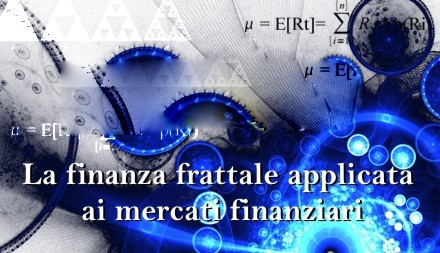Performance Trading
Your Source For Finance Education
Indice dei documenti su: Finanza frattale

Nel presente lavoro si è analizzata la teoria frattale proposta dal matematico francese Mandelbrot negli anni Sessanta con delle applicazioni multiple ai mercati finanziari, in particolar modo al mercato azionario italiano, con la selezione di quattro azioni del paniere FTSE-MIB scelte come campioni...

In this paper we review some recent results concerning the approximations of distribution functions and measures on [0, 1] based on iterated function systems. The two different approaches available in the literature are considered and their relation are investigated in the statistical perspective. In the second part of the paper we propose a new class of estimators for the distribution function and the related characteristic and density functions. Glivenko-Cantelli, LIL properties and local asymptotic minimax efficiency are established for some of the proposed estimators. Via Monte Carlo analysis we show that, for small sample sizes, the proposed estimator can be as efficient or even better than the empirical distribution function and the kernel density estimator respectively. This paper is to be considered as a first attempt in the construction of new class of estimators based on fractal objects. Pontential applications to survival analysis with random censoring are proposed at the end of the paper.

di Alessandro Caforio, Laureato presso la Fac. di Scienze Economiche e Bancarie "R.Goodwin" oggi si occupa di Risk Measurement & Management

Obiettivo della tesi è la verifica dell'ipotesi dell'esistenza di componenti di natura frattale in serie storiche di indici borsistici e di titoli finanziari come ipotizzato dall'Ipotesi dei Mercati Frattali (Peters, 1990). La metodologia utilizzata si basa su un'indagine empirica supportata dall'uso della Rescaled Range Analysis (Analisi R/S). Strumento statistico per la verifica della possibile natura distorta di un processo stocastico (detto anche Moto browniano frazionario oppure Random Walk distorto).

This paper presents the basic framework of a comprehensive computational theory of stock market behavior, which we call Swingtum, taking multivariate stock index time series data as input, and producing probabilistic predictions of stock index movement at multiple time frames.




